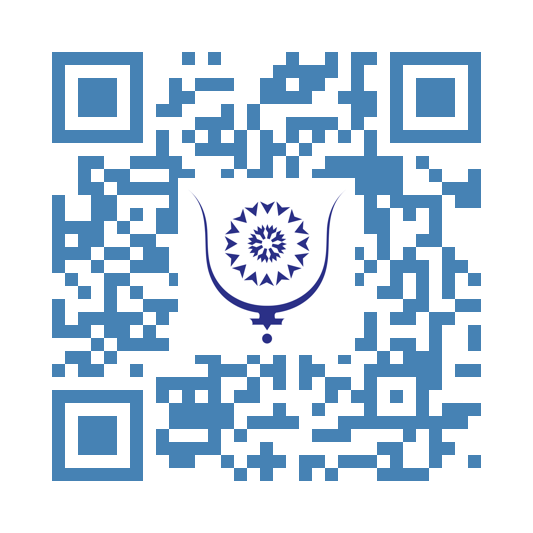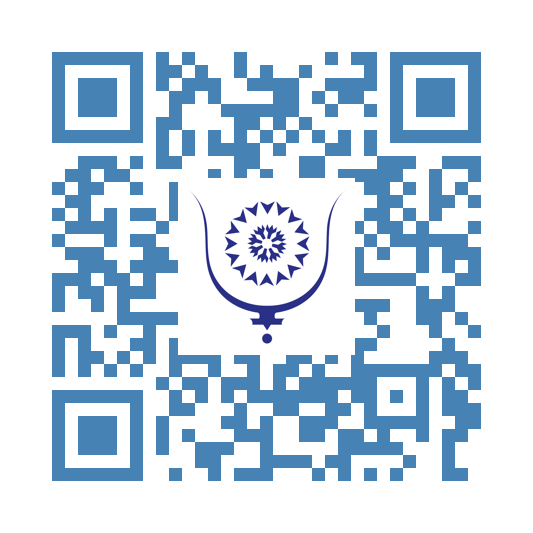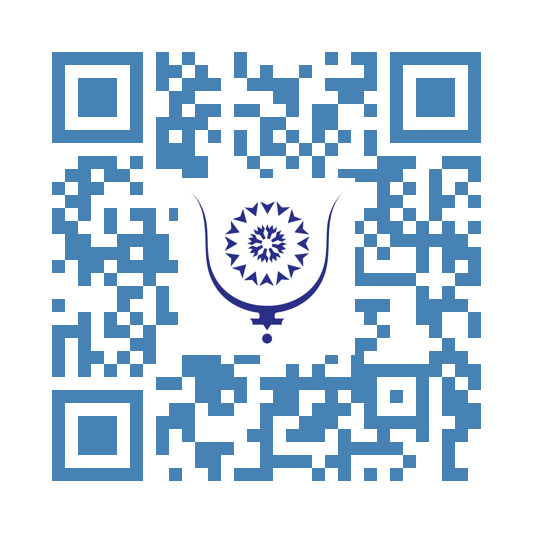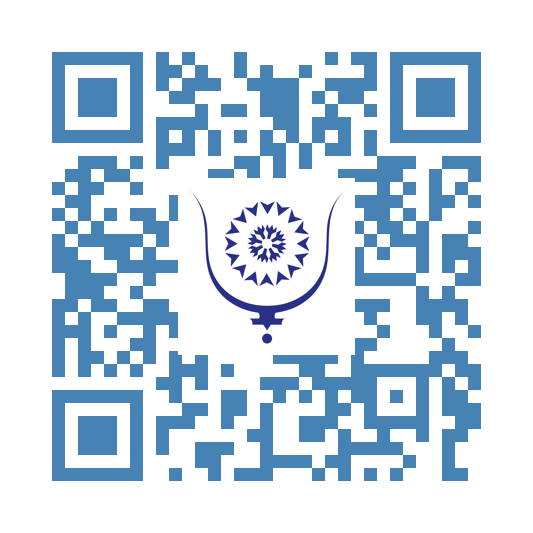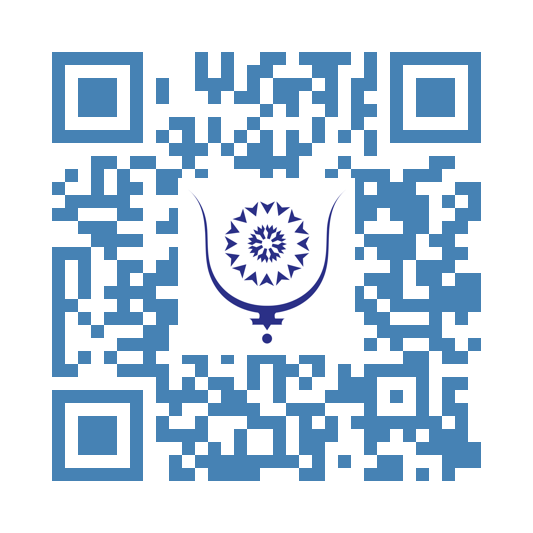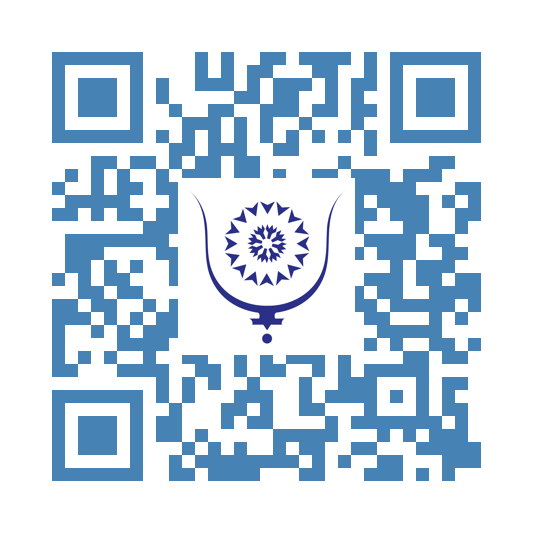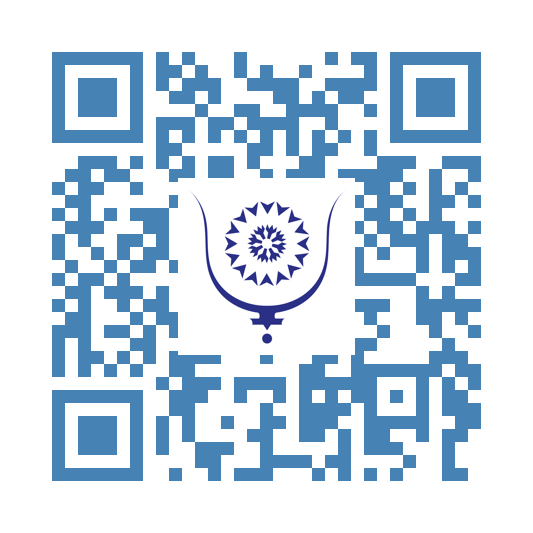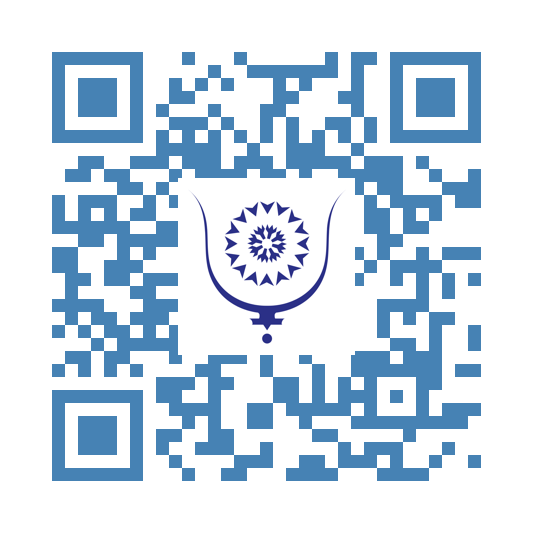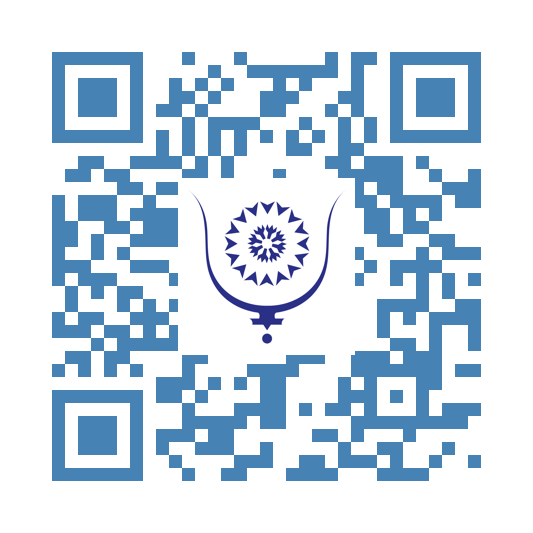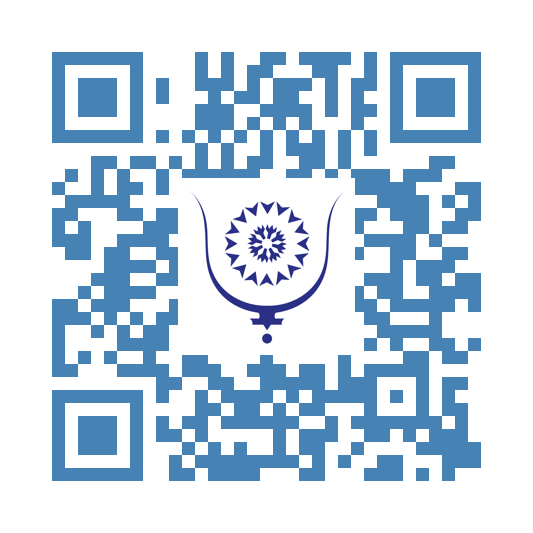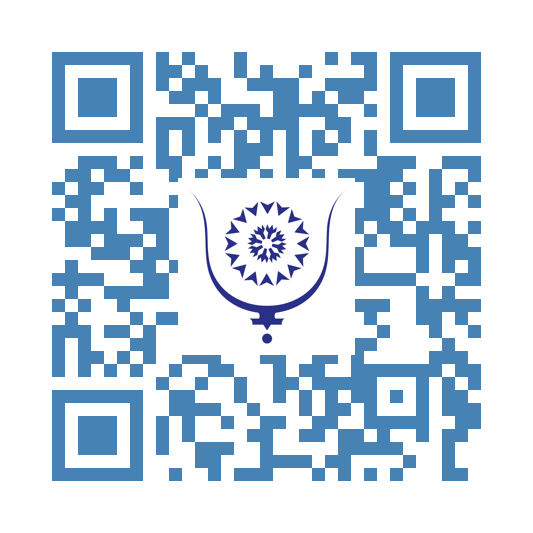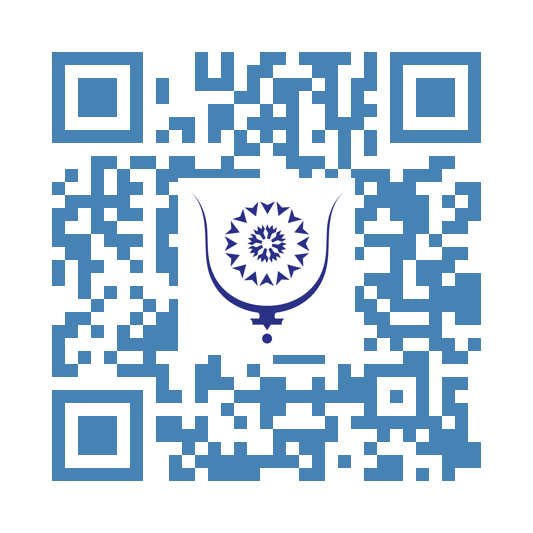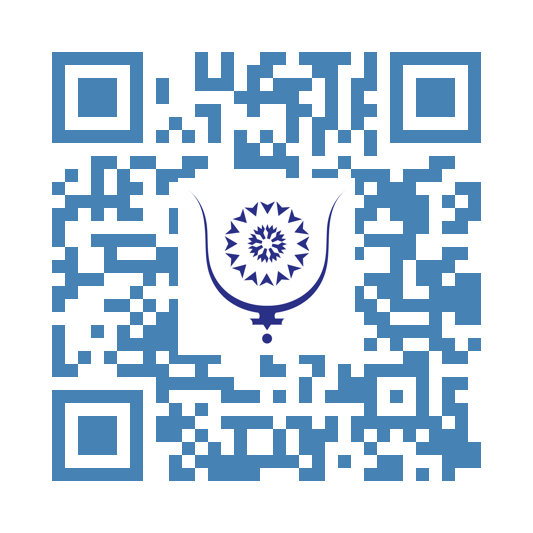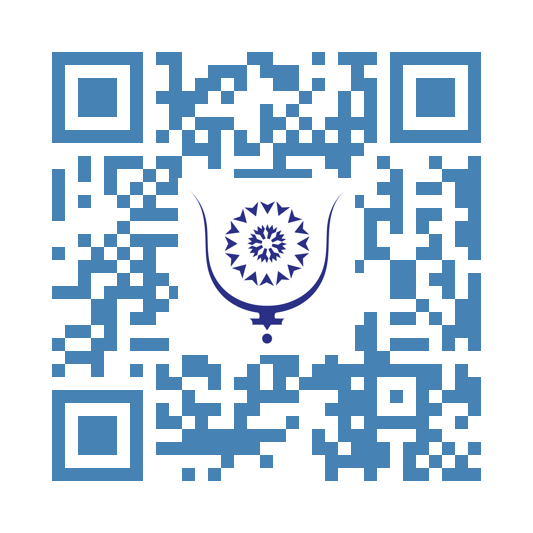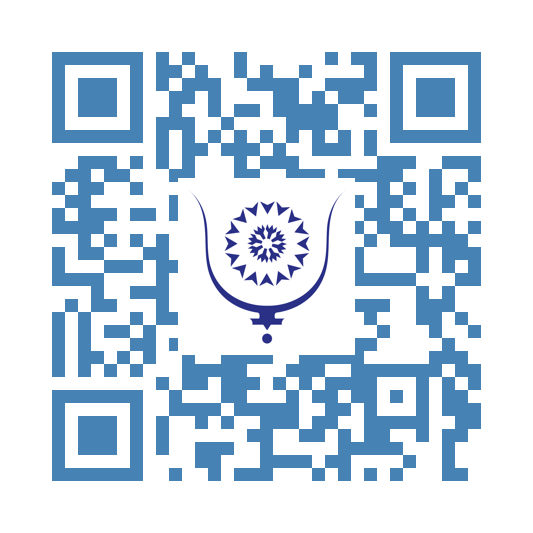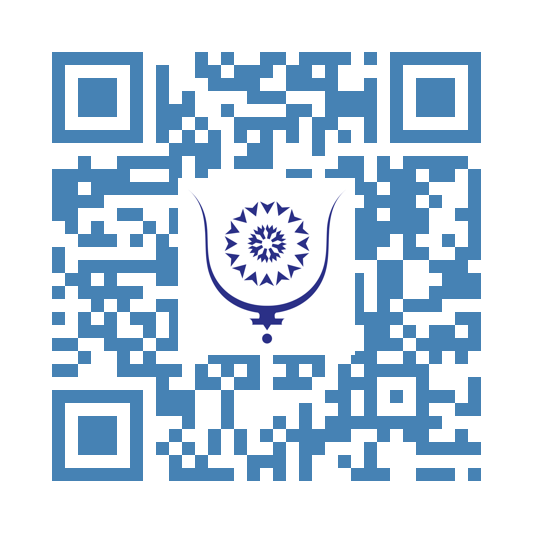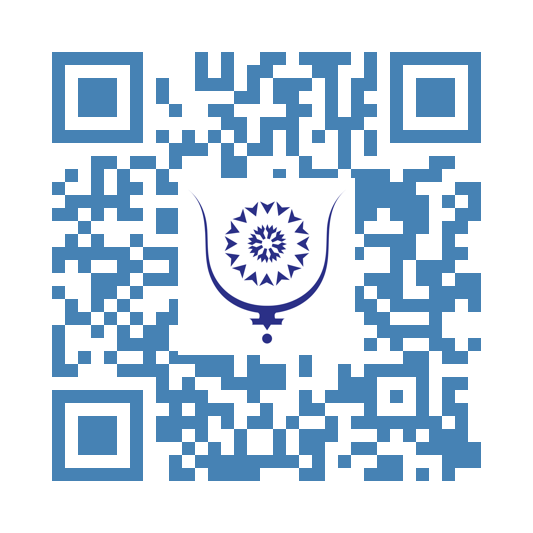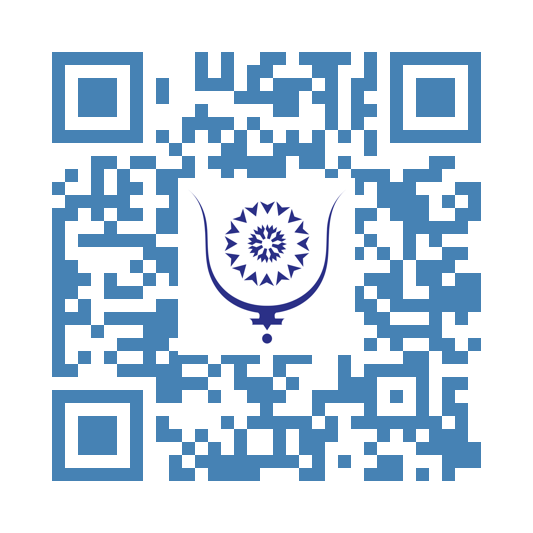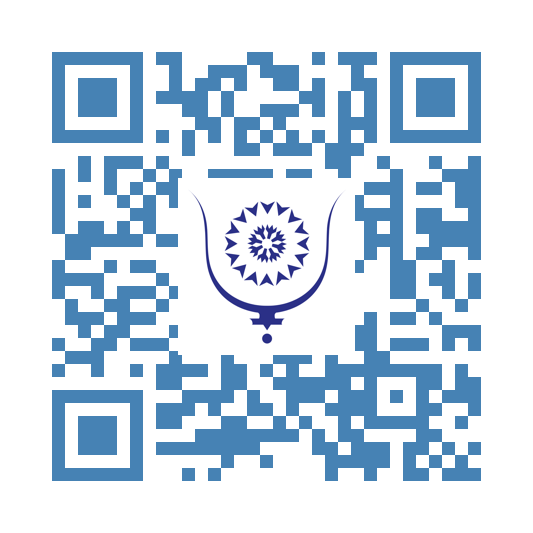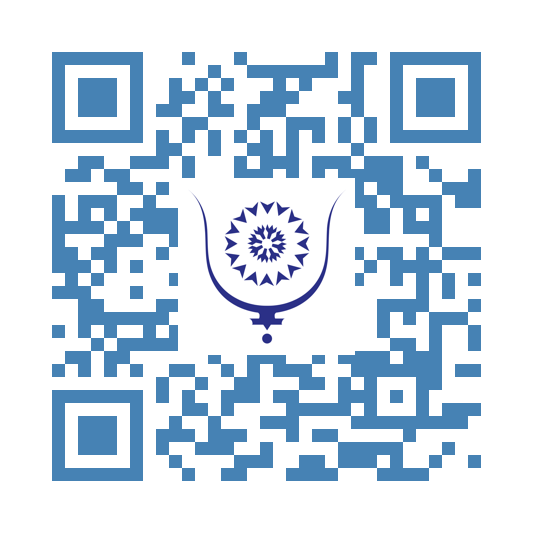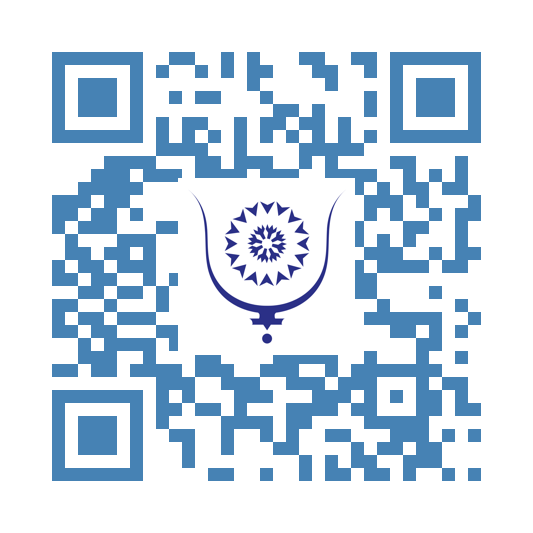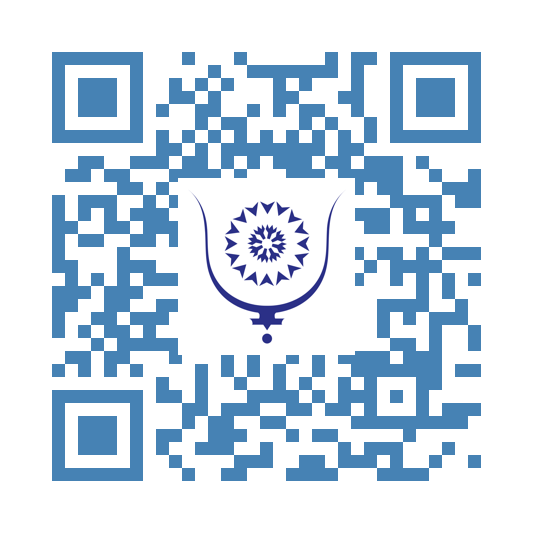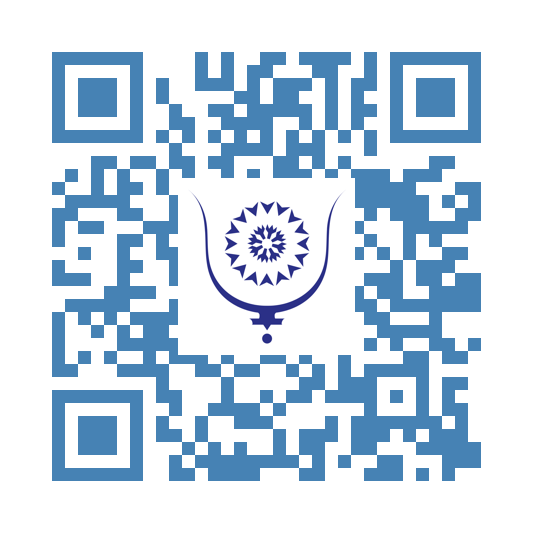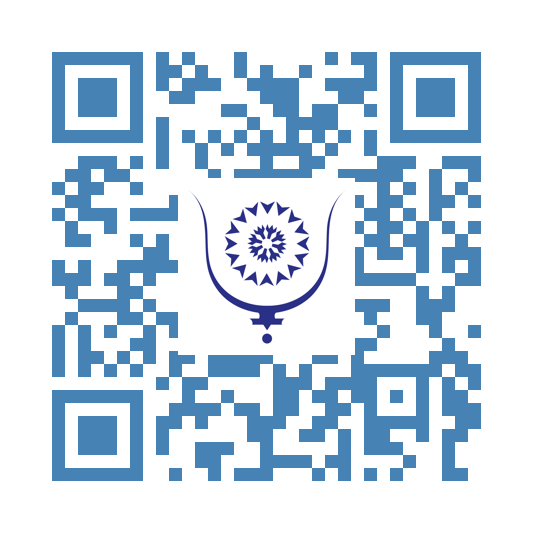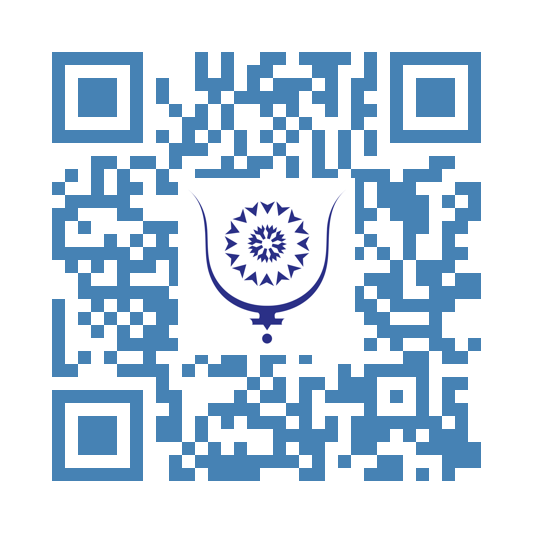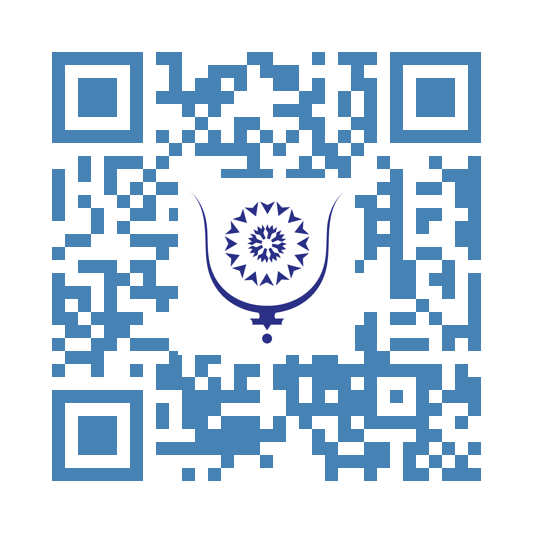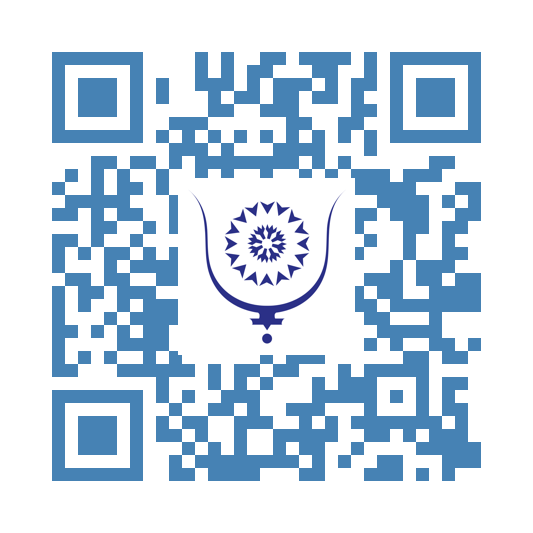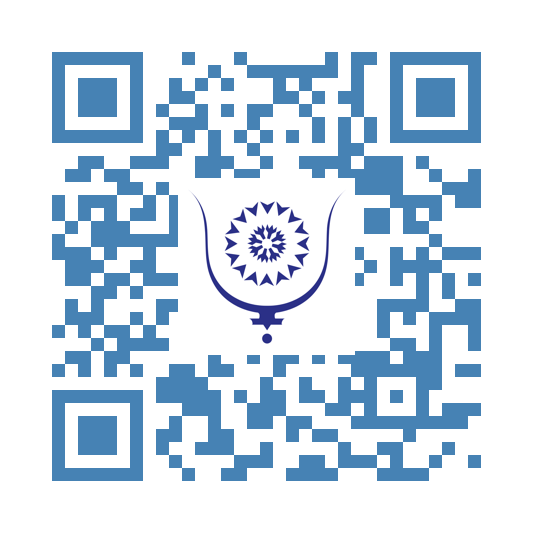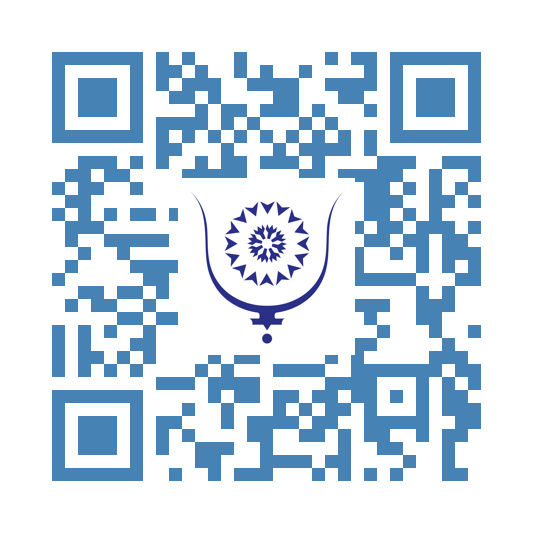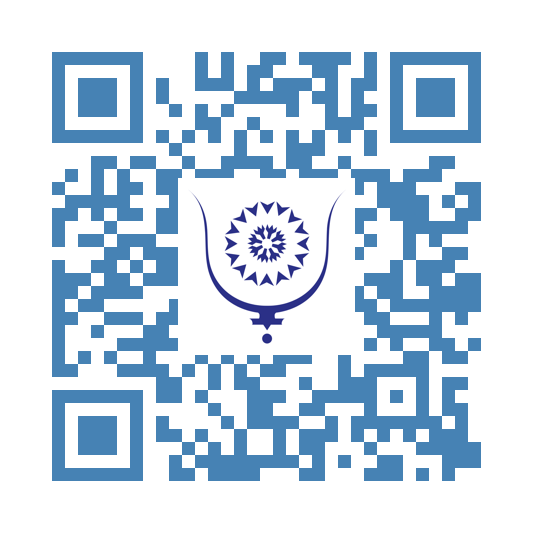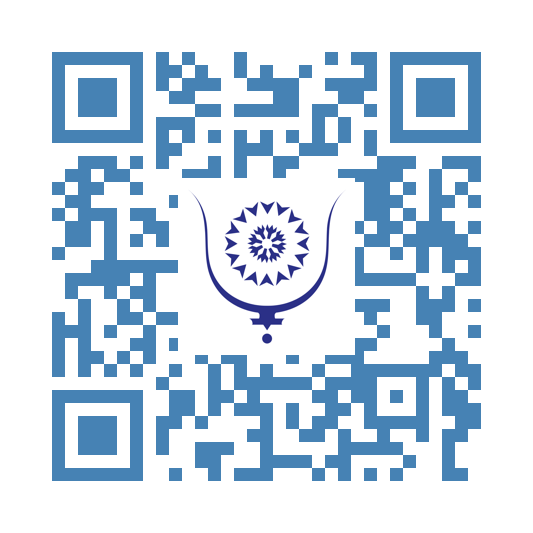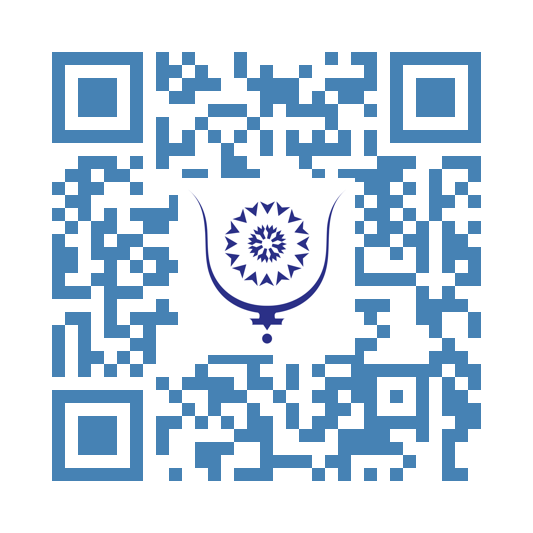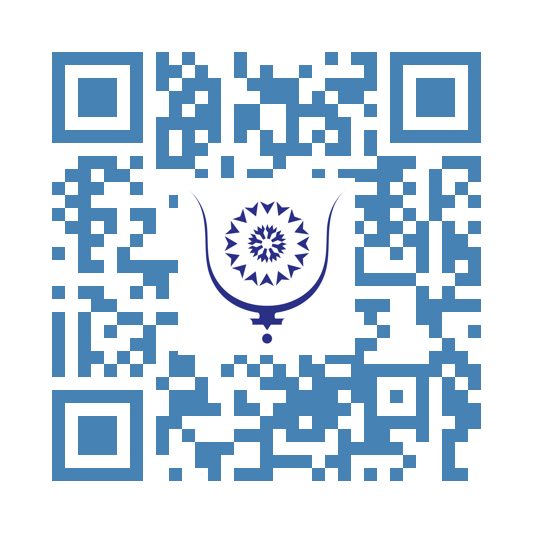Les particularités de la maladie cœliaque chez l’enfant
2766
La maladie cœliaque ou intolérance au gluten est une pathologie auto-immune chronique, qui touche les intestins, suite à l'ingestion de gluten. Il s'agit plus précisément d'une intolérance (et non d'une allergie) à un composant du gluten, la gliadine (ensemble de protéines constituant les farines de certaines céréales, dont le blé, le seigle, l'orge, l'avoine). Le diagnostic de ce trouble est souvent difficile et tardif. Il n'existe toujours pas de traitement curatif et sa seule résolution réside dans l'exclusion de tout gluten de l'alimentation générale.
Chez les très jeunes enfants (moins de 3 ans), il y a plus souvent présence de diarrhée, de distension abdominale et de retard de croissance. Les enfants plus âgés et les adolescents seraient plus sujets à présenter d’autres symptômes gastro-intestinaux (douleurs abdominales récurrentes, constipation ou vomissements) ou des symptômes extra-intestinaux.
LES SYPTOMES DE LA MALADIE COELIAQUE CHEZ L’ENFANT
Elle se manifeste essentiellement de deux manières chez les enfants :
- la maladie cœliaque avec des manifestations gastro-intestinales impliquant une croissance médiocre, un abdomen distendu, des diarrhées, des vomissements, des troubles de la croissance avec une cassure de la courbe staturo-pondérale.
- la maladie cœliaque atypique avec des manifestations peu significatives, des troubles à des organes autres que l’intestin, une croissance médiocre et assez souvent une anémie en fer ou en acide folique .
L’enfant peut aussi présenter des manifestations auto-immunes ou être diagnostiqué de ce type de pathologie. Sachant qu'elles peuvent être associées à la maladie cœliaque, il convient alors de faire des examens en procédant à une recherche d'anticorps, notamment chez les enfants atteints de diabète de type1, de thyroïdite ou d'alopécie areata. Cette recherche est nécessaire aussi pour les enfants atteints de maladies rares comme le syndrome de Down ou de Turner.
LES TESTS SANGUINS DE DETECTION DE LA PATHOLOGIE
Le diagnostic de la maladie cœliaque doit être réalisé avec rigueur selon des protocoles internationaux au moyen de tests sanguins spécifiques et éventuellement par gastroscopie avec prélèvements biopsiques si nécessaire.
Le dosage des anticorps anti-transglutaminase spécifiques de la maladie cœliaque, lorsqu'il est détecté avec une valeur élevée, est le test sanguin le plus approprié à réaliser pour le diagnostic suspecté de la maladie cœliaque. Il doit être associé à la détermination des immunoglobulines IGA totales.
UNE PREDISPOSITION GENETIQUE
La maladie cœliaque est une maladie à forte prédisposition génétique. Elle est en relation avec notre carte d’identité biologique : le système HLA (Human leukocyte Antigen), un ensemble de molécules situées à la surface des cellules pour permettre au système immunitaire de les reconnaitre. La présence de gènes spécifiques HLA DQ2 et DQ8 chez presque tous les cœliaques est un élément nécessaire mais non suffisant pour développer la maladie, puisque qu’on les retrouve aussi en moyenne dans 35% de la population alors que la maladie n’en touche que 1%.
LE TRAITEMENT : LE REGIME SANS GLUTEN
Le régime sans gluten (RSG) ne doit être mis en place qu'après confirmation du diagnostic, car l'élimination du gluten de l'alimentation de l'enfant entraîne des tests négatifs et la résolution des symptômes, compromettant un diagnostic ultérieur de certitude.
Pour le moment, le seul traitement consiste à suivre ce régime alimentaire sans gluten (RSG). Le gluten et les protéines apparentées sont présents dans la majorité des céréales (blé, orge et seigle). Le gluten est présent aussi dans de nombreux produits très divers et souvent insoupçonnés : médicaments, rouge à lèvres, rince-bouche, dentifrice, colle, bonbons, sauce à salade, plats cuisinés…
Le patient doit alors se diriger vers des produits de substitution sans gluten comme le riz (blanc, semi-complet, complet), des légumineuses (lentilles, pois chiches, haricots rouges…) ainsi que des céréales non toxiques et pseudo-céréales anciennes ou venues d’autres continents (sarrasin, millet, quinoa ou encore amarante originaire d’Amérique du sud).
Au Maroc, la bonne observance du régime sans gluten est compliquée du fait qu’il n’existe pas d’étiquetage obligatoire sur ce sujet
L’ASSOCIATION MAROCAINE DES INTOLERANTS ET ALLERGIQUES AU GLUTEN (AMIAG)
Fondée en 2013, l’AMIAG a su s’imposer rapidement comme l’association nationale de référence pour la maladie cœliaque au Maroc et est reconnue comme telle par ses partenaires à l’étranger. Elle est présidée par Mme Jamila Cherif Idrissi.
Comptant près de 1 000 adhérents, elle a mis en place ou organise : la journée nationale de la maladie cœliaque chaque année en mai ; des ateliers culinaires ; une grande fête annuelle pour les enfants cœliaques ; des conférences scientifiques avec des experts nationaux et internationaux, en particulier lors d’événements des professionnels de santé ; des aides alimentaires et des dons de moulins à céréales aux familles les plus pauvres…
.
Dr Moussayer khadija, spécialiste en médecine interne et en Gériatrie, vice - présidente de l’association marocaine des intolérants et allergiques au gluten (AMIAG)
BIBLIOGRAPHIE
- L’effiler D. Celiac disease diagnosis and management. JAMA. 2011;306(14):1582–92
- Ford AC and al. Yield of diagnostic tests for celiac disease in individuals with symp-toms suggestive of irritable bowel syndrome. Arch Intern Med. 2009;169(7):651–8.
- Husby S. and al Guidelines for the Diagnosis of Coeliac Disease., for the ESPGHAN Working Group on Coeliac Disease Diagnosis, on behalf of the ESPGHAN Gastroenterology Committee European Society for Pediatric Gastroenterology, Hepatology, and Nutrition. JPGN 2012; 54: 136–160.
-Diagnostic de la maladie cœliaque chez l'enfant Diagnosis of celiac disease in children, Elsevier Perfectionnement en Pédiatrie Volume 5, Issue 2, Supplement 1, May 2022, Pages S2-S6 https://doi.org/10.1016/S2588-932X(22)00071-
OVERVIEW
Celiac disease, defined as permanent intolerance to gluten, is an autoimmune disease, where the immune system attacks, in genetically predisposed individuals, the intestinal villi. The resultant atrophy of the intestinal wall causes malnourishment of nutrients and many other complications.
The auto-immune diseases are a broad range of related diseases in which a person’s immune system produces an inappropriate response against its own cells, tissues and/or organs, resulting in inflammation and damage. There are over 100 different autoimmune diseases, and these range from common to very rare diseases. Some of the over 100 autoimmune diseases are lupus, type 1 diabetes, scleroderma, multiple sclerosis, Crohn’s disease, autoimmune hepatitis, rheumatoid arthritis, Graves disease, myasthenia gravis, myositis, antiphospholipid syndrome (APS), Sjogren’s syndrome, uveitis, polymyositis, Raynaud’s phenomenon, and demyelinating neuropathies
Partager:
Les particularités de la maladie cœliaque chez l’enfant
copier:
https://bluwr.com/p/7087639

